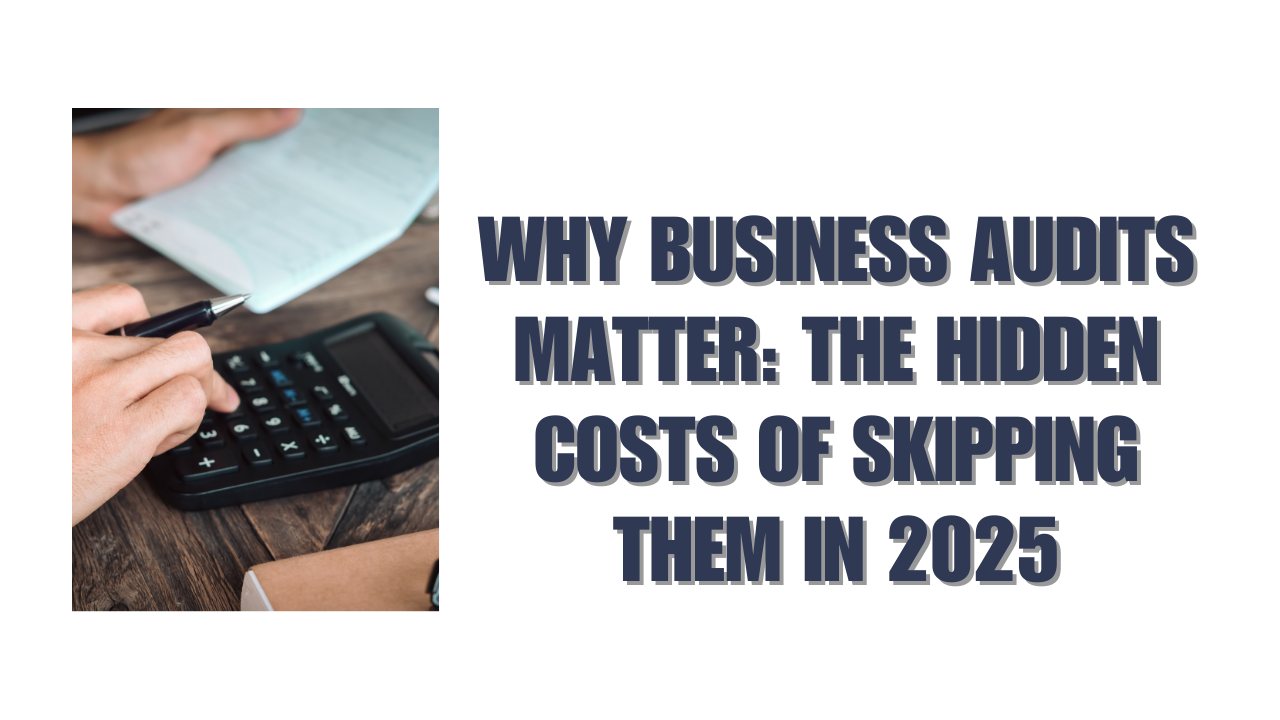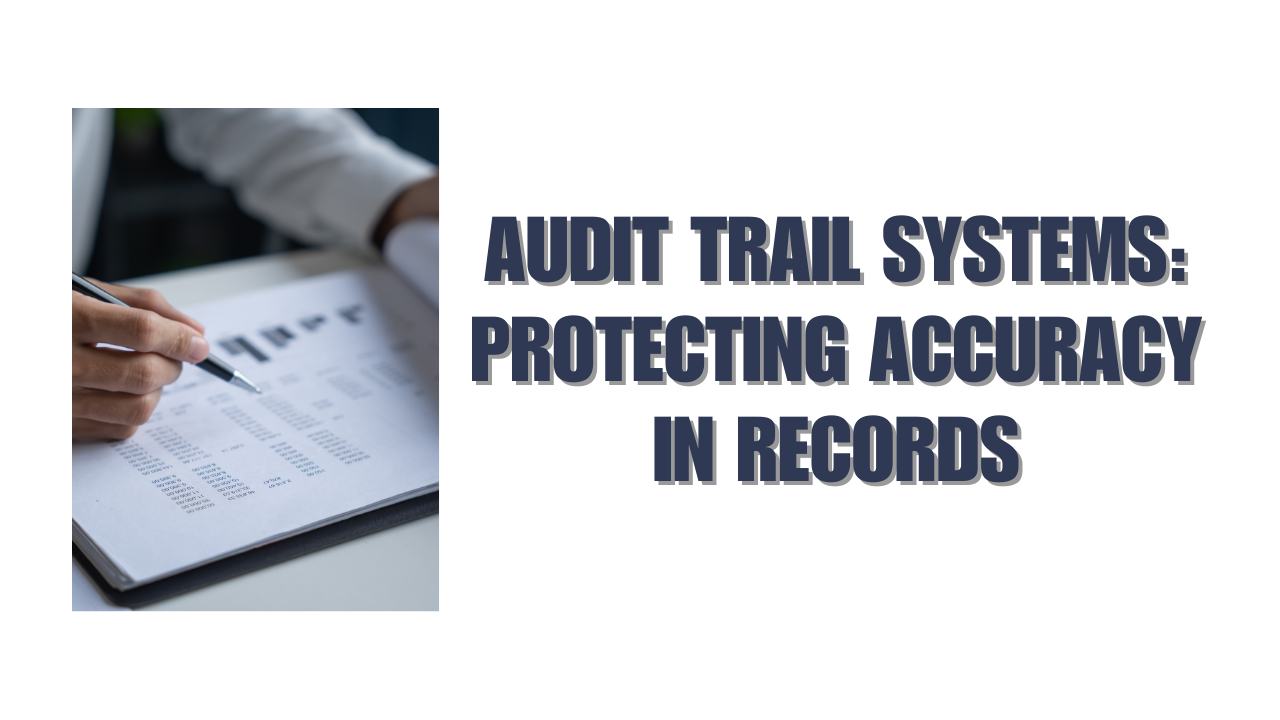Tax evasion in NZ comes with serious consequences. The penalties can reach a staggering 150% of the unpaid amount. Simple mistakes like not taking reasonable care with your taxes could cost you 20% in penalties.
The penalty system works gradually. Late payment charges start at just 1% right after the due date. An additional 4% gets added seven days later. The good news is that taxpayers can reduce their penalties by up to 100% if they come forward voluntarily before an audit.
Tax penalties might seem complex at first. This detailed guide will help you understand, manage and prevent penalties in New Zealand. You’ll learn ways to stay compliant and avoid mistakes that can get pricey.
Understand the Types of Tax Penalties in NZ
New Zealand’s tax laws enforce several penalties that ensure tax compliance. You need to learn about these penalties to avoid unnecessary costs. Let’s get into the three main types of tax penalties in New Zealand.
Late filing penalties and how they work
The Inland Revenue Department (IRD) charges late filing penalties when tax return deadlines pass. Your net income determines the penalty for income tax returns:
- Less than NZD 170,561.03: NZD 85.28 penalty
- Between NZD 170,561.03 and NZD 1.71 million: NZD 426.40 penalty
- More than NZD 1.71 million: NZD 852.81 penalty
Your accounting basis determines GST return penalties. The IRD charges NZD 85.28 for payment basis and NZD 426.40 for hybrid or invoice basis.
Late employment information filing leads to a NZD 426.40 penalty. The IRD usually sends warning letters to first-time late filers. Penalties apply only if you file late again within 12 months.
Late payment penalties and interest charges
The IRD uses a three-stage system when you miss tax payment deadlines:
- Original penalty: 1% charged the day after payment is due
- Further penalty: 4% charged seven days after the due date
- Monthly incremental penalty: 1% charged each month until tax payment
GST no longer incurs the monthly 1% penalty for return periods ending March 31, 2017, and later. This also applies to income tax from the 2018 income year. Notwithstanding that, the original 1% and further 4% penalties still affect these taxes.
First-time late payers might receive a 30-day grace period without penalties. Your payment history over the previous two years of on-time payments automatically qualifies you for this grace period. Setting up an IRD payment plan can stop additional penalties from building up, even after initial penalties.
Shortfall penalties and their severity levels
Taxpayers who underpay due to incorrect returns face shortfall penalties. These penalties follow a severity scale:
| Behavior | Penalty Rate |
| Not taking reasonable care | 20% |
| Unacceptable tax position | 20% |
| Gross carelessness | 40% |
| Abusive tax position | 100% |
| Evasion | 150% |
A taxpayer’s failure to exercise reasonable care in tax affairs results in a 20% penalty. Tax positions that are more likely wrong than right also attract a 20% penalty.
The IRD charges a 40% penalty for gross carelessness that shows high disregard for consequences. Tax arrangements designed mainly to gain advantages face a 100% penalty.
Tax evasion carries the highest penalty at 150% of the tax shortfall. This applies to taxpayers who deliberately mislead the IRD or evade taxes.
Voluntary disclosure can reduce these penalties by a lot. Early disclosure before audit notification can eliminate penalties for reasonable care failures or unacceptable positions. Other penalties might drop by 75%.
Check If You Qualify for Penalty Relief
The IRD knows taxpayers sometimes struggle to meet their tax obligations. While there’s a strict penalty system, you can get relief from penalties under specific conditions. Let’s get into when and how you might qualify for penalty waivers.
What is considered a ‘reasonable cause’
New Zealand tax law allows the IRD to waive penalties if you show a “reasonable cause” for non-compliance. This applies to late filing penalties, non-electronic filing penalties, and late payment penalties. A reasonable cause means circumstances beyond your control prevented you from complying – where an average person in your position couldn’t file or pay on time.
The Tax Administration Act 1994 recognizes these events as potential reasonable causes:
- Accidents or disasters
- Illness or emotional/mental distress
The IRD also reviews penalty relief cases where non-compliance happened due to:
- A genuine mistake
- A one-off situation
- Wrong advice from the IRD that led to your late payment or filing
The IRD often gives broader penalty relief during exceptional times like natural disasters or public emergencies. During COVID-19 lockdowns, they didn’t penalize taxpayers who couldn’t pay their tax on time because of pandemic effects.
How to request a penalty waiver
Here are the steps to apply for penalty relief:
- File your return and pay the outstanding tax – Do this before applying for a penalty waiver
- Gather supporting documentation – Get evidence that backs your reasonable cause claim
- Submit your application – Request relief through myIR or call the IRD directly
- Explain your situation – State why you couldn’t comply and how it was beyond your control
- Wait for IRD’s decision – They’ll review your case and let you know if they accept or decline it
Your application should explain the specific events that stopped you from complying and why you couldn’t pay on time. You need to show you fixed the issue “as soon as practicable” and didn’t just ignore your obligations.
When financial hardship is not accepted
Financial hardship alone won’t get you penalty relief. The law states that “a taxpayer’s financial position” isn’t a valid reason for penalty waiver. The IRD makes this clear: “We cannot waive a penalty because of your financial circumstances. This includes if you did not pay your tax on time because you did not have the money”.
This difference matters – while the IRD might help with payment arrangements during financial difficulties, these arrangements don’t automatically remove existing penalties.
In spite of that, other relief options exist for serious financial hardship cases. Under Section 176 of the Tax Administration Act 1994, the Commissioner can choose not to recover tax if it would cause serious hardship. This helps individuals (especially sole traders) who can’t:
- Meet minimum living expenses
- Pay for necessary medical treatment
- Cover education costs for their children
The best approach is to contact the IRD early if you can’t meet your tax obligations. Tax expert Mr. Shewan says, “Inland Revenue is very approachable about these things”. They won’t automatically waive penalties for financial reasons but might offer installment plans to stop more penalties from adding up.
Make a Voluntary Disclosure to Reduce Penalties
Taxpayers who find mistakes in their tax returns can get a lifeline through voluntary disclosure. Early admissions to the IRD about tax shortfalls can substantially reduce penalties and help avoid prosecution. Let’s look at this vital tax relief option.
When and how to disclose errors
A voluntary disclosure means telling the IRD about mistakes in your tax returns before they find them through other means. These mistakes could be understated income, wrongly claimed expenses, or other tax shortfalls.
Anyone can make a voluntary disclosure – individuals, businesses, trusts, or employers. You have several ways to start the process:
- Sending a message through myIR
- Completing and submitting the Voluntary Disclosure (IR281) form
- Calling the IRD (at sites with call recording)
- Sending a letter
- Visiting an IRD office
- Using the “make an amendment” option in myIR
You should report errors as soon as you find them. Quick action shows good faith and helps you get the most penalty reductions.
Penalty reductions based on timing
Your disclosure’s timing makes a big difference in penalty reduction rates:
| Disclosure Timing | Penalty Reduction | Applies To |
| [Before notification of audit | 100%](https://www.taxtechnical.ird.govt.nz/new-legislation/act-articles/compliance-and-penalties/penalty-reductions-for-voluntary-disclosures) | Not taking reasonable care, unacceptable tax position |
| Before notification of audit | 75% | Gross carelessness, abusive tax position, evasion |
| After notification but before audit begins | 40% | All shortfall penalties |
First-time disclosures with small shortfalls often get complete penalty elimination. On top of that, the IRD rarely prosecutes taxpayers who make full voluntary disclosures before audit notification.
What to include in your disclosure
Your voluntary disclosure needs these details to be “full and complete”:
- Your identification details (name, IRD number, contact information)
- Tax periods and tax types involved
- Clear explanation of error causes
- Full details about the tax shortfall amount
- Facts and circumstances leading to the shortfall
- Any extra information the IRD needs for correct assessment
The disclosure must be definite, not just a proposal or hypothesis. You should calculate the revised tax position yourself whenever possible.
Note that a voluntary disclosure serves two purposes: it asks the IRD to confirm your disclosure’s completeness and requests an assessment amendment under Section 113 of the Tax Administration Act.
The IRD reviews your information to determine your tax obligation after disclosure. Nobody likes paying extra tax, but the substantial reduction in tax evasion NZ penalties makes voluntary disclosure a smart financial choice if you’ve made mistakes.
Set Up a Payment Plan or Apply for Remission
Tax debt can be overwhelming, but Inland Revenue (IR) has two practical solutions that help taxpayers manage their obligations: installment arrangements and penalty remission.
How to apply for an installment plan
IR’s installment arrangement lets you break down your tax debt into manageable weekly, fortnightly, or monthly payments. This repayment plan helps you avoid further collection actions from IR.
Here’s how to set up an installment plan in myIR:
- Select “Request an installment arrangement” from the homepage
- Determine if you can afford the minimum payment shown
- Choose your payment method (direct debit is recommended)
- Select payment frequency and amount
- Set your first installment date
IR will review your application and might approve it right away, ask for more information, or suggest other options. Direct debit payments make the process smoother and help you stay on track.
Remission of penalties vs. remission of interest
New Zealand’s tax system handles penalty remission and interest remission differently.
IR may waive late filing, non-electronic filing, or late payment penalties in two main situations:
- Events beyond your control gave reasonable justification for non-compliance
- The remission helps collect the highest net revenue over time
In stark comparison to this, IR rarely grants interest remission. The only known case where interest might be remitted is if an IR officer’s incorrect advice directly led to late payment.
IR gives special attention to first-time offenders. The last 10% late payment penalty automatically drops to 5% once you arrange an installment plan.
What happens if you miss a payment plan
Missing your installment arrangement deadlines brings serious risks. IR might:
- Add extra penalties from the original due date
- Cancel your installment arrangement completely
- Start normal collection actions, including legal proceedings
You should contact IR right away if this happens. Quick communication about payment difficulties helps prevent cancellation and extra penalties.
Note that installment arrangements don’t automatically remove existing penalties—they just stop new ones from adding up.
Prevent Future Penalties with Smart Tax Practices
Tax penalties are easier to prevent than fix later. Good practices today will help you avoid the stress and money problems that come with tax evasion penalties in NZ.
File and pay on time using reminders
New Zealanders often face penalties because they miss tax deadlines. Your tax return needs to be filed by July 7th each year if you handle your own taxes. Working with a registered tax agent in NZ gives you more time – until March 31st of the following year.
A reliable system will help you stay on top of these important dates:
- Put tax deadlines in your calendar with reminders
- Pay taxes through online banking – Inland Revenue calls this the “quickest and easiest” way
- Split your tax payments throughout the year to make them more manageable
First-year business owners should know they’ll need to pay taxes in their first year. Tax payments are due by February 7th the following year, or April 7th with an agent. Late filing could lead to penalties that are bigger than your PAYE deductions.
Keep accurate records for 7 years
Record-keeping is the foundation of tax compliance. Every business needs to keep tax records for at least seven years, even if the business stops operating.
Your records must be in English or Māori (unless you get special approval) and should include:
- All receipts for expenses and invoices you’ve sent or received
- Bank records and wage books
- Lists of assets and depreciation schedules
- Vehicle log books and travel records
The IRD might ask to see these records during an audit within the seven-year period. If you’re registered for GST, you need tax invoices for expenses over NZD 85.28. Poor record-keeping could result in penalties and you might miss out on tax deductions NZ that your business could claim.
Use tax agents or accounting software
Professional help will lower your risk of penalties. A qualified tax agent makes sure your returns are filed on time and keeps you updated about tax law changes that affect you.
Accounting software gives you many advantages:
- Handles GST, provisional tax, and payday filing automatically
- Keeps all records in one digital place
- Sorts expenses correctly for tax deductions
- Balances accounts regularly so you’re not rushed at year-end
Cloud-based solutions like Xero and CCH iFirm come with special tax management features. While professional help costs money, these expenses are usually tax-deductible and often save you more than they cost by preventing penalties and finding deductions.
Conclusion
Tax penalties can be intimidating, but a clear understanding helps you manage your tax obligations wisely. You can handle issues better when you know about penalty types, relief options, and voluntary disclosure procedures.
Smart tax management starts with prevention. Your reliable systems, accurate records, and timely tax payments will help avoid most penalties. The IRD often creates workable solutions when you communicate with them early about any difficulties.
Tax agents and modern accounting software reduce your risk exposure. These economical solutions pay for themselves through avoided penalties and found deductions. This knowledge gives you the ability to handle tax responsibilities with confidence while keeping penalty risks low.
FAQs
Q1. What are the main types of tax penalties in New Zealand?
There are three main types of tax penalties in New Zealand: late filing penalties, late payment penalties, and shortfall penalties. Late filing penalties apply when you miss tax return deadlines, late payment penalties are charged when you fail to pay tax on time, and shortfall penalties target taxpayers who underpay their tax due to incorrect returns.
Q2. How can I qualify for penalty relief from the IRD?
You may qualify for penalty relief if you can demonstrate a “reasonable cause” for non-compliance, such as accidents, disasters, or illness. To request a penalty waiver, file your return, pay outstanding tax, gather supporting documentation, and submit an application explaining your situation to the IRD.
Q3. What is voluntary disclosure and how can it reduce penalties?
A voluntary disclosure is when you inform the IRD about mistakes in your tax returns before they discover them. Making a voluntary disclosure can significantly reduce penalties, with reductions of up to 100% for certain types of errors if disclosed before audit notification.
Q4. Can I set up a payment plan for my tax debt?
Yes, you can apply for an installment arrangement with the IRD to split your tax debt into manageable payments. This can be done through myIR by selecting “Request an installment arrangement” and following the steps to set up your payment plan.
Q5. How long should I keep my tax records?
All businesses must retain tax records for at least seven years, regardless of whether the business continues operating. These records should be in English or Māori and include expense receipts, banking records, asset registers, and other relevant financial documentation.






